Go against the trend?
As the world enters the era of artificial intelligence and high-tech industries, future global economic power will likely be shaped by access to efficient, sustainable, and affordable energy. However, recent US policy decisions appear to be going against this trend.
The US administration has made a clear retreat from renewable energy, cutting or eliminating many clean energy subsidies. This reflects a strategic belief that the US can maintain its global energy position by continuing to exploit domestic fossil fuels. However, many argue that this may be a long-term miscalculation.
Missing out on clean energy investments not only puts the U.S. behind in the race to develop future technologies like electric vehicles, energy storage, and solar power, but also risks driving up domestic electricity costs. As other economies, especially China, dominate the global clean energy supply chain, the U.S. could find itself at a competitive disadvantage in energy-intensive industries like AI chip manufacturing, data centers, and robotics.
Twin Deficits and the Paradox of US Economic Resilience
Although the Trump administration aims to increase America's strategic and economic autonomy, current fiscal and trade policies are creating a paradox: increasing the US economy's dependence on foreign capital.
A clear example is the recently passed budget bill, which has raised concerns among financial analysts. Reuters, citing estimates from the Congressional Budget Office (CBO), said the plan could add $3.4 trillion to the federal budget deficit over the next decade, keeping it at a high level of 6% to 7% of GDP for years. At the same time, the US current account deficit has also increased, reaching 6% of GDP in the first quarter of 2025, a level that many experts see as a systemic warning sign.
The combination of a budget deficit and a current account deficit, known as the “twin deficit,” means that the United States will continue to rely on international capital to finance public spending and domestic consumption. However, access to this capital is becoming more precarious as other economic centers tend to rebalance resources domestically.
In Europe, increased defense spending, which is targeted to reach 5% of GDP over the next decade, could undermine the ability to invest abroad, especially in US government bonds. Although the EU has pledged to increase energy purchases from the US under a recent trade deal, much of the agreement remains preliminary and the proposed volume of transactions is considered unrealistic.
Meanwhile, Asia is promoting intra-regional trade strategies and diversifying exports, gradually reducing its dependence on the US market. Countries in the region also tend to retain more capital to serve strategic infrastructure and industrial investment programs.
If these trends continue, the US could face higher borrowing costs, rising inflationary pressures and a risk of a depreciation of the US dollar, factors that directly threaten its global financial position.
The Tripolar FX Bloc: The Quiet Shift Reshaping the Global Monetary System
The trend toward regionalization of supply chains, which has been clearly initiated by the COVID-19 pandemic and accelerated by protectionist economic policies such as “America First,” is creating a turning point in the global economic structure. All major powers are now prioritizing regional self-reliance, especially in accessing strategic raw materials such as rare earths and critical minerals for national security reasons. The result is a deliberate fragmentation of globalization, and this trend is laying the foundation for the formation of regional foreign exchange blocs in Asia, Europe, and the Americas.
In Europe, policymakers are pushing for a more autonomous fiscal framework. European Central Bank (ECB) President Christine Lagarde recently described a vision of a “global euro moment,” supported by plans for a European Savings and Investment Union. The goal is to create a financial ecosystem deep and liquid enough to provide both safe haven assets, comparable to US Treasuries, and the capacity to finance innovation and infrastructure within the bloc. Although the US debt market is still three times larger than Europe’s (according to the World Economic Forum), keeping a larger share of investment flows within the region could have a significant impact.
Europe’s current account surplus has averaged around $400 billion a year in recent years, and the region invests around $300 billion in foreign financial assets annually. If these flows were reallocated to support the region’s internal strength, the US’s position as a financial center could be significantly eroded.
In Asia, China is pursuing a different strategy with similar goals. People’s Bank of China Governor Pan Gongsheng has recently emphasized his desire for the renminbi to play a larger role in the global financial system. While China’s capital account remains largely closed, the scope for regional transactions in renminbi is growing rapidly, gradually replacing the traditional role of the dollar in regional trade.
In addition, China is making significant reform efforts to expand access to its domestic capital markets for foreign investors while encouraging controlled capital outflows. Despite economic challenges such as deflation and a renewable energy glut, Beijing is responding with consumption-oriented stimulus policies. These moves could boost investor confidence in long-term growth and attract more international capital.
While Europe and Asia are increasingly focused on regional fiscal autonomy and less dependence on the dollar, the United States risks being “split apart” in its global influence. Maintaining dual budget and current account deficits, coupled with loose fiscal policy and increasingly unilateral geopolitical strategies, could put the dollar at risk of long-term weakness.
Although the US dollar still dominates today thanks to the size and liquidity of US financial markets, structural changes, such as the diversion of intra-regional investment in Europe or the commercialization of local currencies in Asia, are gradually eroding that monopoly.
Hung Anh (Contributor)
Source: https://baothanhhoa.vn/dong-usd-va-trat-tu-tien-te-dang-doi-thay-256903.htm


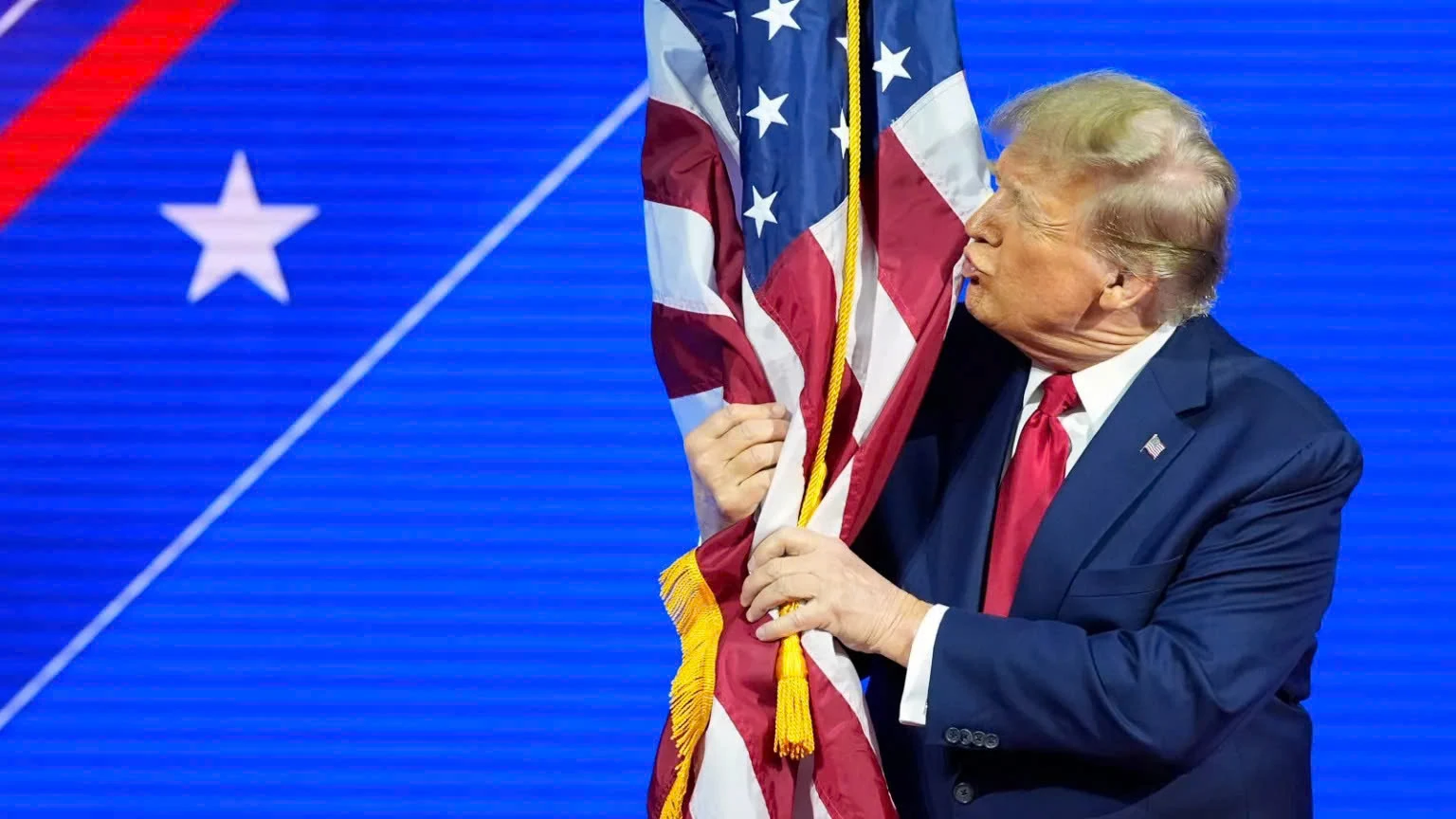

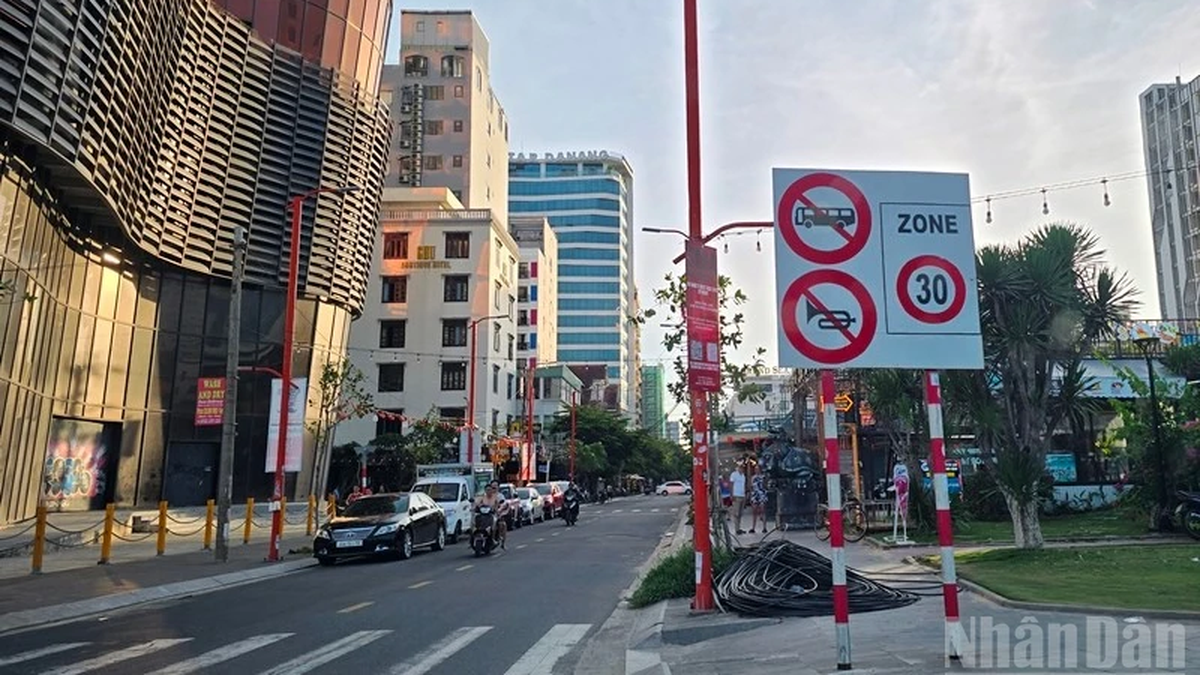



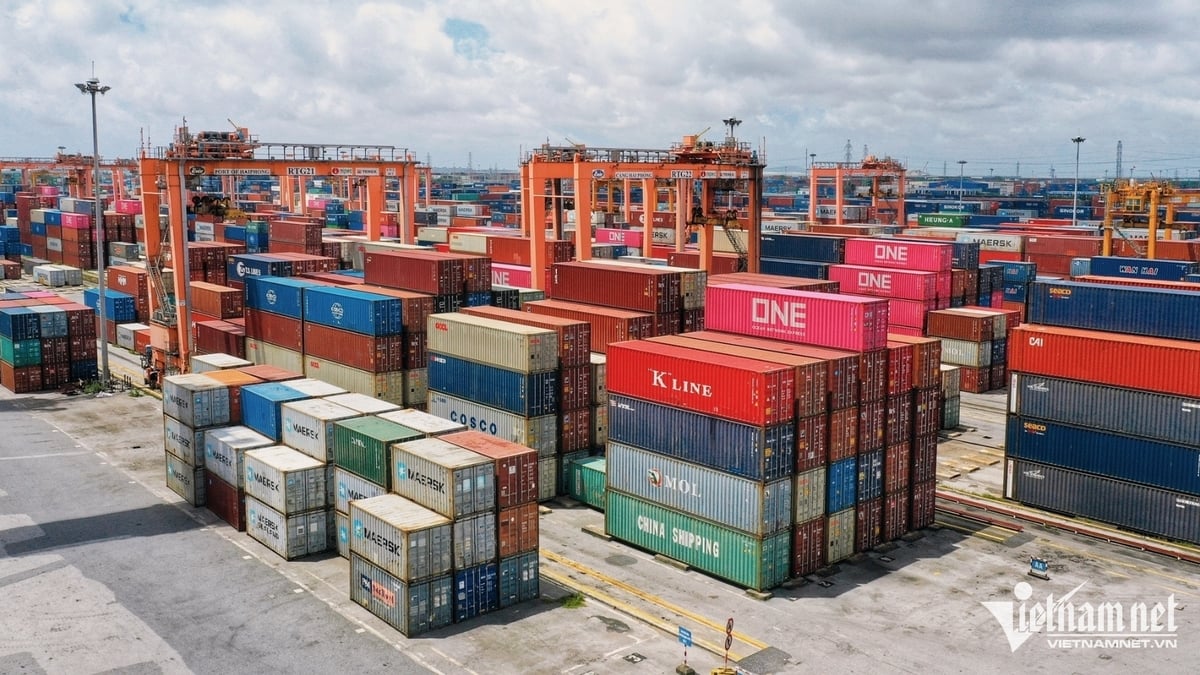














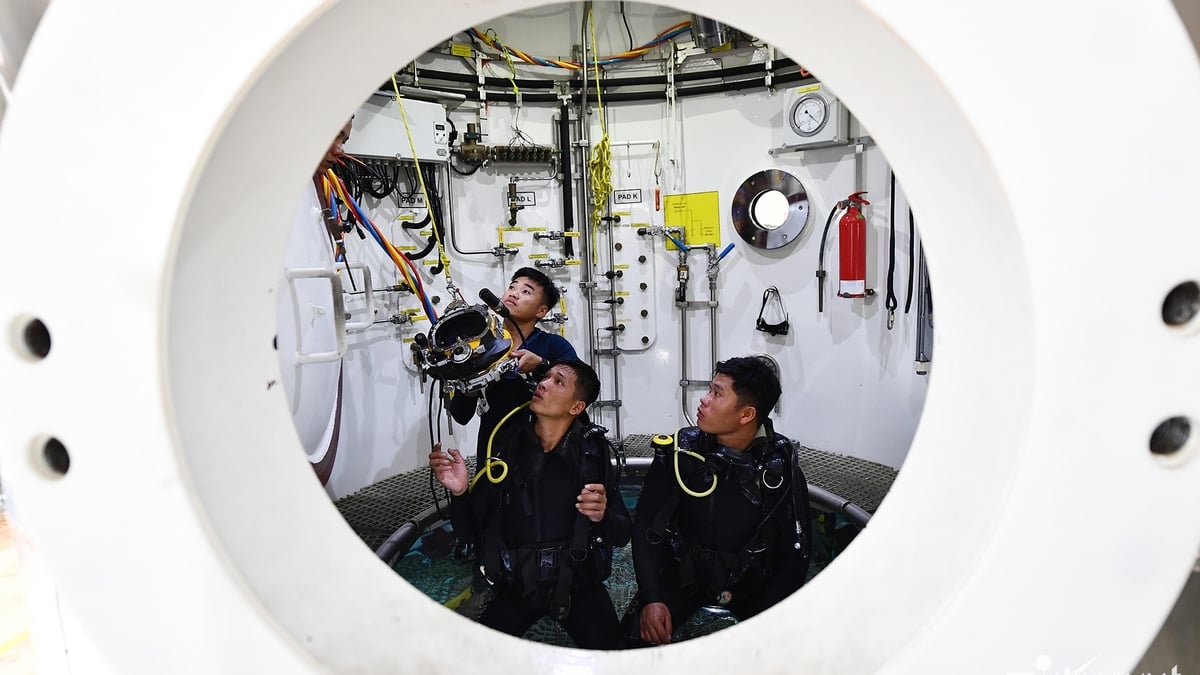



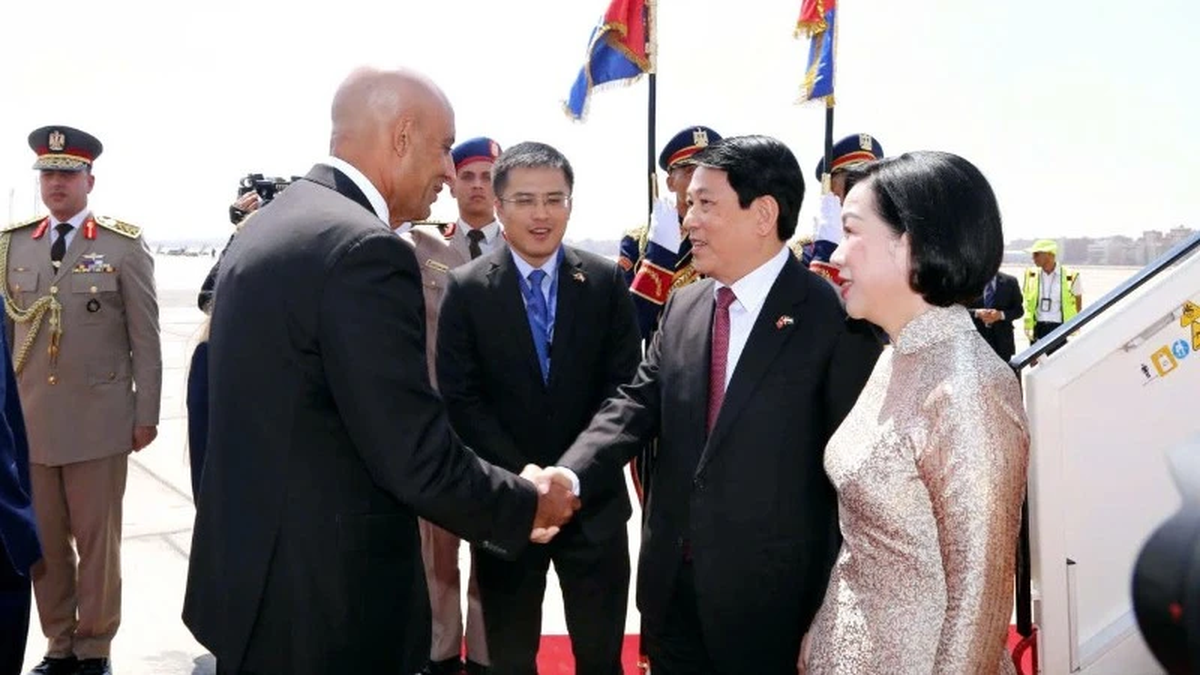









































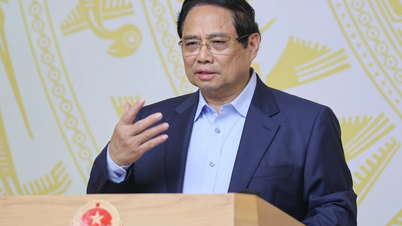








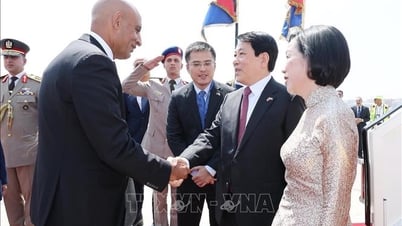























Comment (0)